Bibliographic Information
Article Title
Documenting Cultures of Harassment in Archaeology: A Review and Analysis of Quantitative and Qualitative Research Studies
Journal Title
American Antiquity
Author(s)
Voss, Barbara
Year of Publication
2021
Volume Number
86
Issue Number
2
Article Pages
244-260
Web Address (URL)
Additional Information
Available Through
Cambridge University Press
Language
English
Notes
This article is the first of a two-part series to analyze current research on harassment in archaeology. Harassment has shaped the discipline of archaeology since at least the late 1800s. Since the 1970s, harassment has been recognized as a significant factor impacting gender equity in archaeology. Recent qualitative and quantitative research has verified that harassment occurs at epidemic rates in archaeology. Archaeologists are primarily harassed by other archaeologists, and harassment occurs not only in field research settings but also in classrooms, laboratories, museums, office workplaces, and conferences. Although women in archaeology experience a higher frequency of harassment, both men and women report harassment at disturbingly high rates. Archaeologists of color, LGBTQIA+ archaeologists, nonbinary archaeologists, and archaeologists with disabilities are also disproportionately harassed. As reflected in the author's own career experiences, harassment creates a cognitive burden for survivors and reduces access to professional opportunities, directly impacting diversity within archaeology. Fortunately, there are evidence-based interventions and policies that can reduce harassment and support survivors. These are discussed in the second article, “Disrupting Cultures of Harassment in Archaeology.”
Taxonomies
RPA Codes & Standards
CIfA Codes
Keywords & Terms
- Equity and Representation; Discrimination and Harassment
- General Archaeological Ethics
- Workplace Safety Standards

